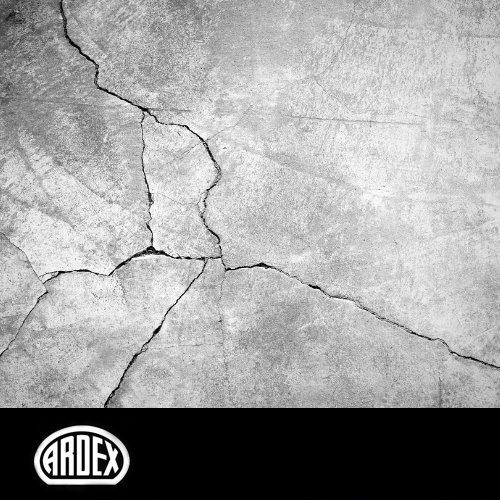

In batch mixing, adhesive parts are pre mixed according to manufacturer`s instruction using a mechanical stirrer like a mixing paddle. Mixing the epoxy: Either batch by batch or continuous method. Fittings are inserted into drilled holes.If extremely high injection pressure is needed, the crack can be cut out as deep as ½” and width of ¾” in a V shape, filled with epoxy and shut off flush with the present surface. Cementations seals can also be used where appearance of the completed work is important. If you don’t want the surface to appear glossy, on the surface part of the crack you can use strippable plastic super sealer along the crack face. A surface can be easily sealed by application of an epoxy, polyester or other sealing material to the surface and letting it harden. Seal up the surfaces: Surface cracks should be sealed to prevent the epoxy from running out before it gets gelled.Clean using a water flush or vacuuming or some cleaning solution. Contaminants could be oil, grease, dirt or fine concrete particles and these will not let the epoxy set properly or penetrate hence reducing efficiency of repairing. Clean the contaminated crack to whatever extent possible.Epoxy injection requires a great amount of skill for precise execution. This will also not allow any significant movement of the structure. But contaminants like silt and water itself can nullify their effort and reduce the epoxy efficiency.Ī low modulus, flexible adhesive can be the answer to your problem. If the cracks are actually leaking and wet from inside they cannot be dried out, only some moisture tolerant epoxies can be used. One option is to grout and seal the crack, treating it as a joint, or create a joint which will support the movement and then inject the crack with the epoxy or some other alternative material.

If the cause cannot be removed 2 options are available.

But if the case for the crack appearance is not sorted more cracks will keep appearing near the original crack. This epoxy has helped fixing cracks in buildings, bridges, dams and other kinds of concrete structures. The technique generally involves finding entry and venting ports at close intervals alongside the cracks, sealing the crack on the surfaces exposed and injecting epoxy under pressure.Ģ. Epoxy injection: This is for cracks as narrow as. something wrong in the base, then no repair will work till the problems in the settlement is made ok.ġ. If the cracks are due to a continuous foundation settlement, i.e. If the crack is due to a drying of a wall let’s say, the cracks will later stabilize. The type of crack in the structure will determine which method you will use.


 0 kommentar(er)
0 kommentar(er)
